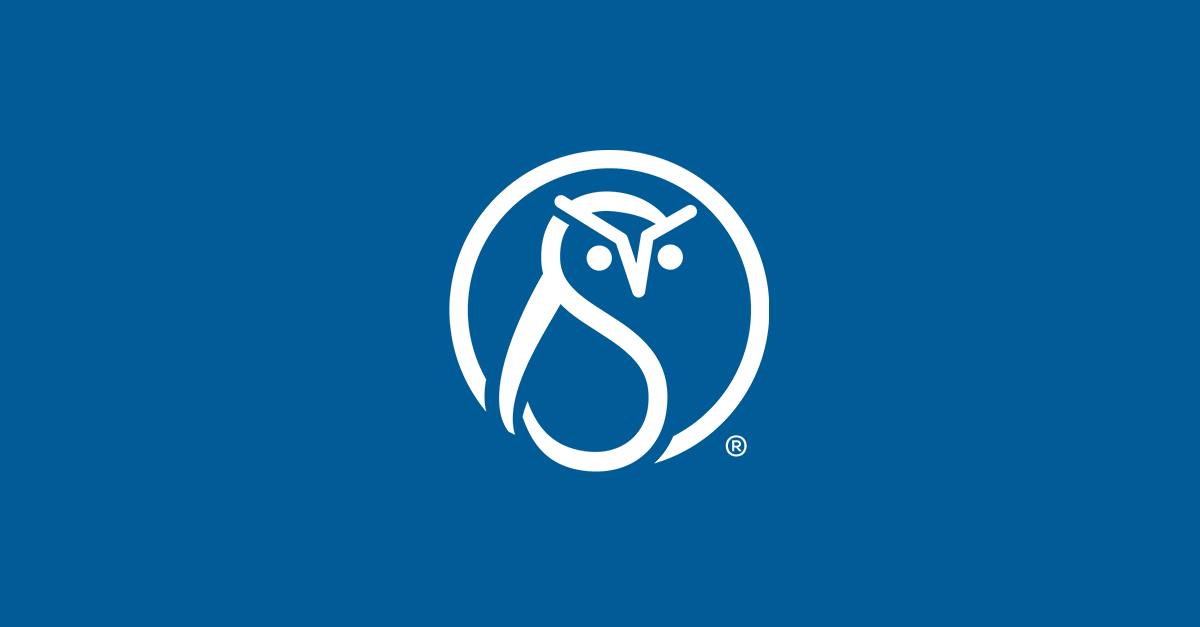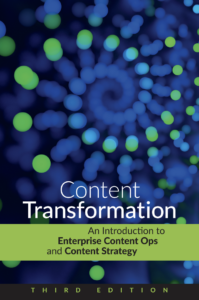Angst and authority
Clay Shirky has a fascinating post on the concept of algorithmic authority; the idea that large systems, such as Google PageRank or Wikipedia have authority (that is, credibility) because of the way that the system works. In other words, a page that is returned first in a Google search is assumed by the searcher to be more credible because it is ranked first.
That made me think about authority in technical content.
As an in-house technical writer, your words have authority and your content carries the corporate logo. But although this should theoretically increase your credibility, it seems that the reverse is true. Consider, for instance, the following hypothetical book titles:
- XYZ User’s Guide—This document, produced by the makers of XYZ, is shipped in the product box (or downloaded as a PDF with the software)
- XYZ Classroom in a Book—This document is available in bookstores and is produced by XYZ Press
- XYZ: The Complete Reference*—This document is available in bookstores and is produced by a third-party publisher
Which of these books would you turn to for help? What are your expectations of each document?
I believe that credibility and thus authority increases with distance from the product’s maker. In other words, the third-party book has more authority than either of the other two. Credibility is compromised by close association with the organization that makes the product.
When we apply this concept to information on the web, the implications are troubling for professional content creators who work inside corporations. If corporate authorship decreases authority, we get this result:
online help < user forums on corporate site < user forums on third-party site
Will people looking for user assistance gravitate toward independent third-party sites? What does that mean for in-house authors? How can you increase your credibility as a corporate technical communicator?
* Feel free to substitute your favorite book series title: XYZ for Dummies, XYZ: The Missing Manual, The Complete Idiot’s Guide to XYZ, XYZ Annoyances, …. I should probably also mention that I have written both a Dummies book and a Complete Reference.






